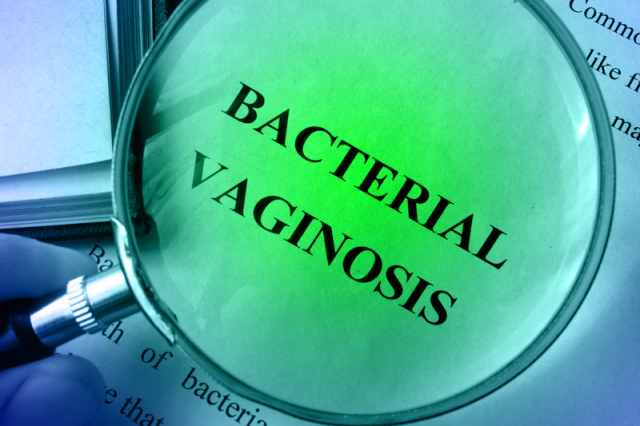Topic: Sexual Health
Erection Problems in African American Men and Solutions
BLACK MEN HAVE ERECTION PROBLEMS TOO! Studies reveal that approximately 40% of Black men over the age of 40 experience some form of erection problems also called "erectile dysfunction." This prevalence increases with age and with increasing chronic disease burden,…

High STD Chlamydia Rates in Blacks Also Related to Poor Nutrition
Nothing Beats Abstinence & Condom Use, But That’s Not the Whole Story Public health officials properly stress abstinence from sex and condom use as a way to address the super high chlamydia STD rate in African Americans, but little is…

Increased Sexually Transmitted Diseases (STDs) in African Americans Linked to Poorer Nutrition
STD Infections? Do you have trouble with recurrent sexually transmitted disease (STD) infections? Is bacterial vaginitis a recurrent problem? African Americans have the highest rate of HIV, chlamydia, gonorrhea, herpes, and bacterial vaginitis in the country while not having much…

Bacterial Vaginitis in African American Women
Bacterial Vaginitis is NOT an STD Bacterial vaginitis (BV) is an imbalance of the bacteria that normally inhabit the vagina. A third of US women overall have had “BV”. Unfortunately, African American women have the highest occurrence of BV at…



